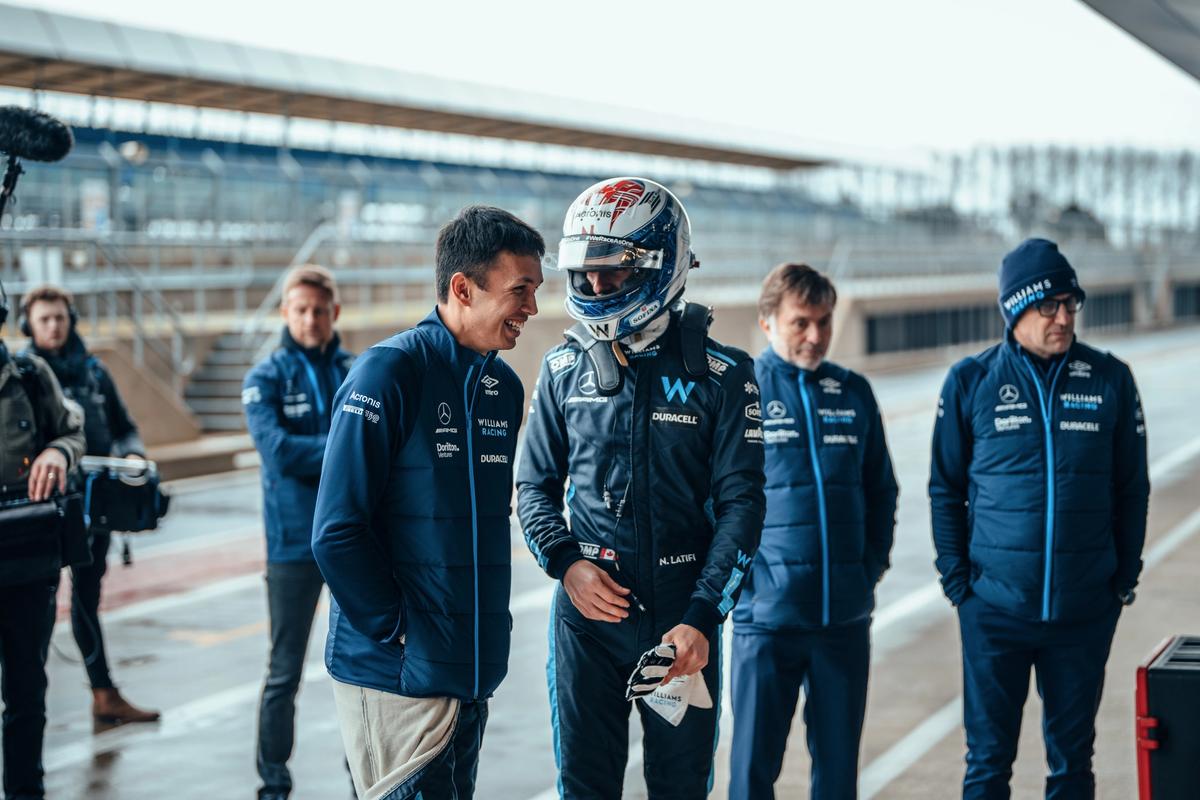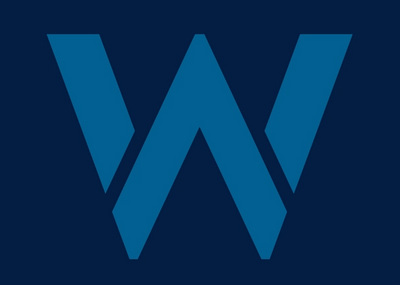We all know big changes are coming ahead of the 2022 Formula One season, after all, you’ve already seen our all-new FW44 that’s built to match the new regulations.
However, there are some other tweaks to the rulebook that you may well have missed.
So with the season opener in Bahrain now less than one month away, let’s round up some of the changes to F1 that you might not know about.
1. It’s a marathon, not a sprint (except when it is)
F1 Sprint races are back for 2022 and this time they’re even more valuable.
After debuting three times throughout 2021, Sprint weekends will return this season at the Emilia Romagna, Austrian and Sao Paulo Grands Prix.
The concept is simple, qualifying is moved to Friday to set the grid for Saturday’s Sprint, with the added caveat in 2022 that the driver who sets the fastest lap in qualifying will be officially attributed with ‘pole position’.
Come Saturday it’s a 100km dash which sets the grid for Sunday’s Grand Prix but with added incentives this time around.
Whereas in 2021 only the top three would receive points, this time around the prizes are spread further down the pecking order – P1 earning eight points, down to one point for P8.
2. Everybody freeze
Cars up and down the grid look dramatically different in 2022, but under the skin (or carbon fibre), the 1.6-litre turbo-hybrid power units will be staying the same.
With the next generation of power units coming in 2026, the decision was made to freeze the current offering from 2022 onwards.
If issues related to “reliability, safety, cost-saving, or minimal incidental changes” arise, power unit manufacturers will be able to apply to the FIA to make modifications, so no customer will be stuck with a faulty engine until the next-gen.
However, what courses through these beasts will be changing as a more sustainable fuel is introduced to help the sport continue to lower its carbon footprint.
3. The principality aligns
A famous tradition that dated back to the early editions of the Monaco Grand Prix will be no more from 2022.
The iconic street track notably held its practice sessions on a Thursday, as the event was originally held over the Ascension Day weekend, where Friday was a bank holiday for residents.
This shifted away over time, but the Thursday running remained… until now. In 2022, the event will align with the rest of the calendar and simplify the logistical demands of travelling from the Spanish Grand Prix the previous weekend.
But don’t worry, the glitz and glamour is still guaranteed.
Sign up today!
You'll unlock your very own driver card and officially become a member of the Williams Racing team.
4. Speaking of Thursday
The weekend format has been adjusted so that teams don’t have to spend as much time at a race track to supplement the demands of the biggest season to date.
On non-Sprint weekends, both practice sessions will take place on Friday afternoon, allowing teams to partake in their media duties on a Friday morning, rather than a Thursday.
For team personnel, this cuts what used to be a four-day weekend down, whilst ensuring no track running is sacrificed.
5. The kids are alright
In 2022, every team must give a rookie driver a run out in FP1 on at least two occasions throughout the course of a season.
It can be so difficult for promising young drivers to get a chance to prove themselves ready for the pinnacle of motorsport, but that just got a whole lot easier.
Any driver who has started no more than two Grands Prix will qualify for Friday practice runout and teams can choose to either use the same driver both times or run two different drivers for one session each.
Get ready to see a lot more of the next generation this season.
Shop the Williams Racing 2022 Team Kit
Proudly show your support for Williams everywhere you go and wear the kit that Nicholas Latifi and Alex Albon will be donning throughout the 2022 Formula One season.
Related Tags:
Powered By
© the Williams Group, under licence to Williams IP Holdings LLC
Williams Grand Prix Engineering Limited is a company registered in England and Wales under company number 1297497.
Its registered office is at Grove, Wantage, Oxfordshire, OX12 0DQ
Powered By




